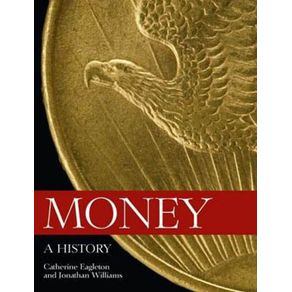From simple exchange systems in earliest times to the increasingly cashless society of our own day, this fascinating book presents an accessible and authoritative introduction to the history of money. With the aid of over 500 illustrations, it explores the origins, spread and especially the cultural diversity of monetary exchange throughout the world, viewed against a broader economic and social background. The book begins by tracing the growth and development of monetary systems, from the ancient civilisations of Mesopotamia and Egypt to the establishment of coinage in the Greek and Roman world. The next chapters develop a broader world view, exploring the monetary systems of Europe during the Middle Ages, the Islamic world, India and China. In the final part of the book, the focus is on the processes by which money has become a global phenomenon, with chapters looking at the expanding role of money in early modern Europe and the Americas and the introduction of paper money and banking, the effect of European contacts on the local payment systems of Africa and Oceania, and concluding with an examination of the increasing impact of economic thought on monetary affairs. Written by a team of specialist curators from the British Museum, this classic book is updated to take account of recent developments such as the introduction of the euro and e-money, and includes approximately 40 new illustrations.



